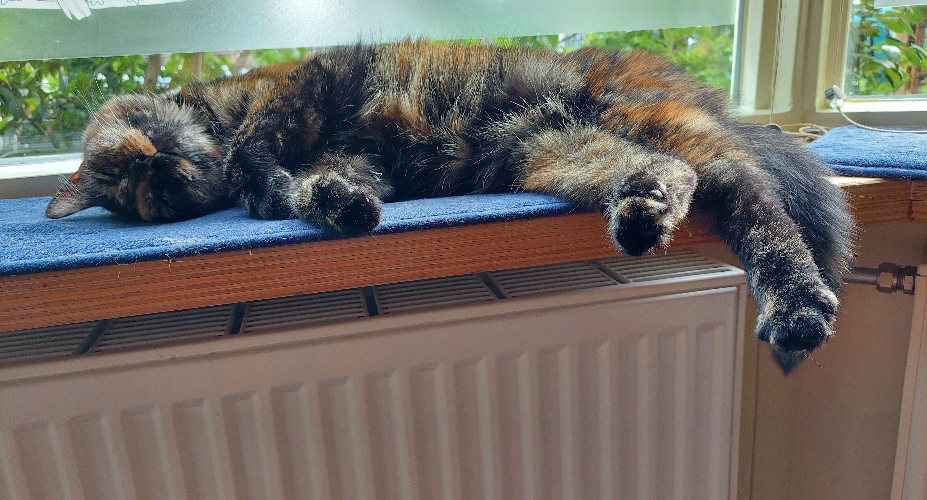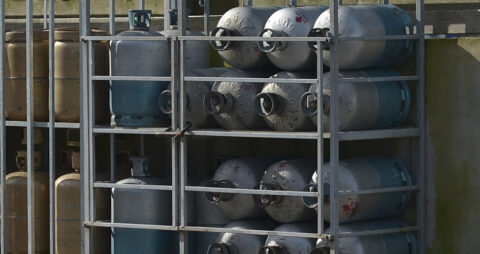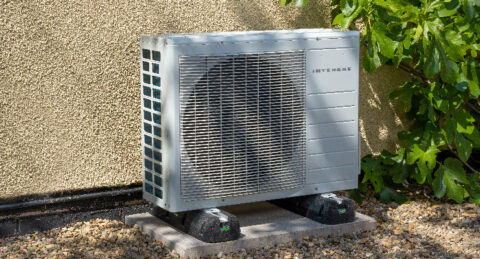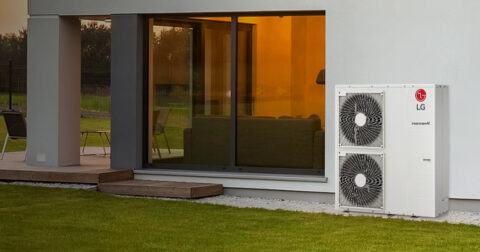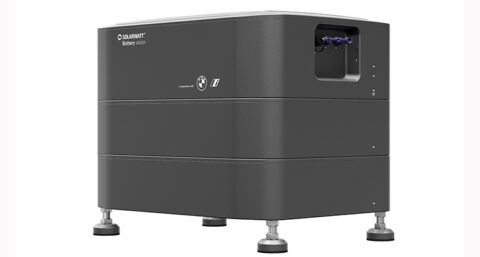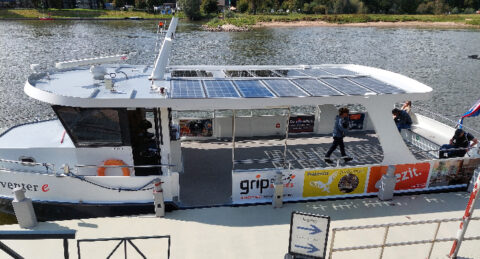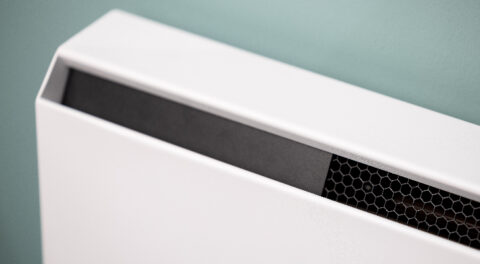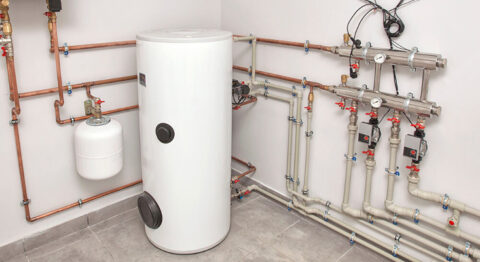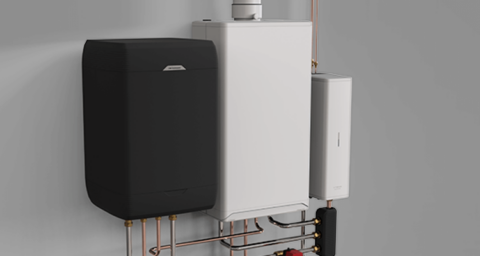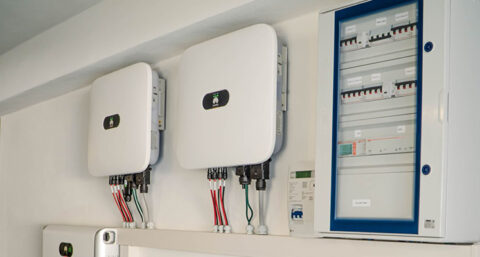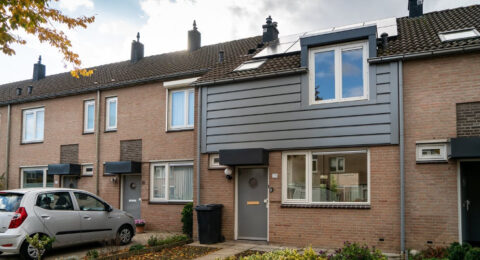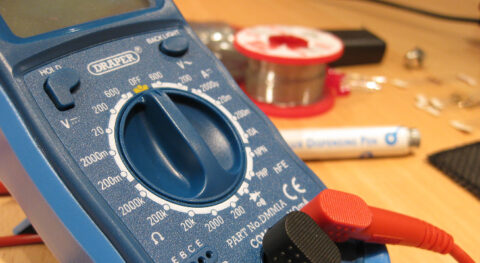Water-side balancing is the balancing of the central heating installation. The installation consists of a boiler, pipes and a number of delivery devices (usually radiators). Balancing ensures that the hot water is distributed properly over the radiators. Every radiator gets the right amount of water.
Most traditional homes have three floors and the central heating boiler often hangs in the attic. For a radiator hanging close to the boiler, a small flow-through radiator is sufficient. A radiator on the first floor must have a larger opening to become sufficiently full. This is what happens with water-side balancing: the optimal flow-through opening is set for each radiator (or other delivery device).
Why water-side balancing?
A water-side regulated central heating installation functions better and more economically. If there is an imbalance in the installation, a radiator that is far from the boiler will receive too little water. It then heats up very slowly - and probably only partially - so that the room does not heat up.
Water-side balancing is useful when the resident indicates that the house is not getting nice and warm. This can happen, for example, when the boiler has been replaced and the installation is no longer balanced as a result. Often the high gas consumption is also a reason to assume that something is wrong.
Proper water-side balancing is also very important if a customer plans to have a (hybrid) heat pump installed. The installation must then be well balanced, because then the heat pump will work best. Water-side balancing thus delivers energy savings and ensures that the installation performs optimally. With a comfortably heated home as a result.
Water-side balancing, how to do it?
Water-side adjustment can be done by measuring the difference between the temperature of the incoming and outgoing water of a radiator. Then set the control valves so that the temperature of the outgoing water is about 25% lower than the incoming temperature. At that point, the radiator delivers the right amount of heat to the room. This method requires the boiler to be in operation, because only then can you measure the incoming and outgoing water temperatures.
Another method is to equip the radiators with adjustable dynamic valves. These can be set - depending on the output of the heating element and the settings of the installation - to different control modes.
Before you start installing the dynamic valves, it is necessary to drain the system. The next step is to remove the existing radiator valves from the radiators and put the dynamic valves on them. Then fill the installation with water again and bleed the system.
For the actual adjustment, you use an app. With this, you can set the dynamically adjustable valves to exactly the right volume of water. The final step is to balance the maximum capacity of the boiler with the maximum capacity of the heating installation. All in all, water-side adjustment of a central heating system is about half a day's work. Depending on the number of radiators and any unforeseen circumstances.
